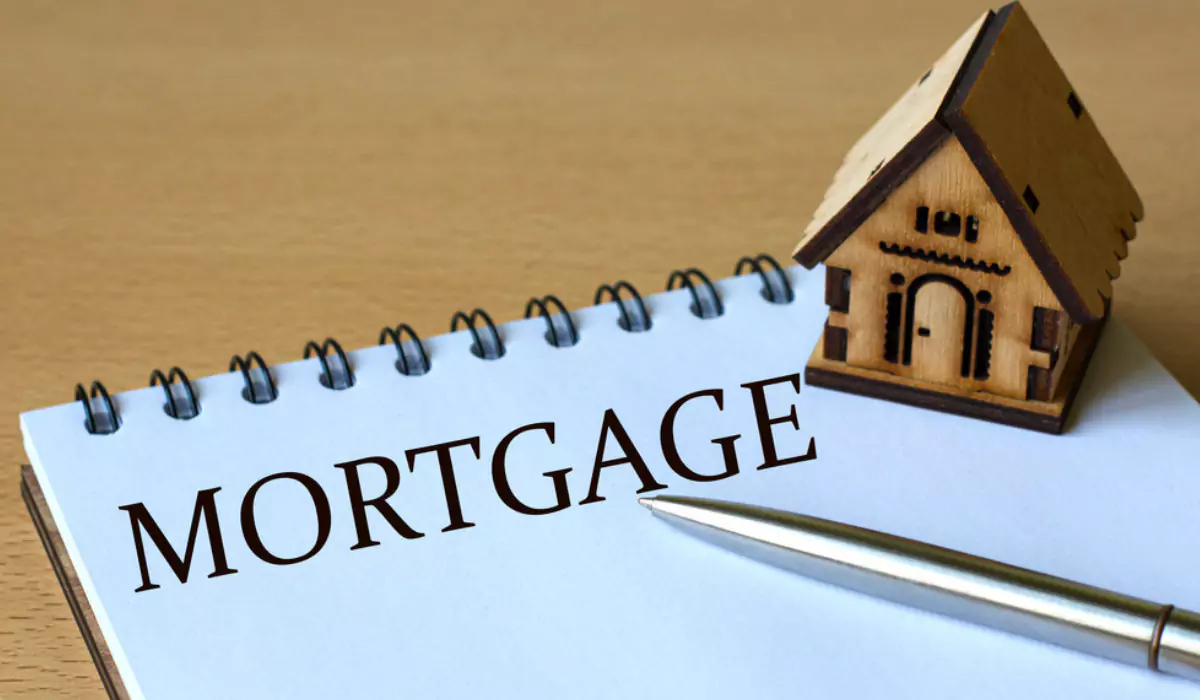Owning your dream home is an aspiration shared by many. However, navigating the complex world of mortgages can be daunting.
From understanding different types of mortgages to securing the best possible rates, there’s a lot to consider.
But fear not! In this comprehensive guide, we’ll walk you through essential mortgage tips and tricks to help you unlock the door to your dream home.

Understanding Mortgages: A Beginner’s Guide
Before diving into the mortgage process, it’s crucial to understand the basics. A mortgage is a loan used to purchase real estate, typically with a term of 15 to 30 years.
The property itself serves as collateral for the loan, meaning if you fail to make payments, the lender can seize the property.
Types of Mortgages: Finding the Right Fit
There are several types of mortgages available, each with its own set of terms and conditions.
The most common include fixed-rate mortgages, adjustable-rate mortgages (ARMs), FHA loans, VA loans, and USDA loans.
- Fixed-Rate Mortgages:
Offer stable, predictable monthly payments over the life of the loan. - Adjustable-Rate Mortgages (ARMs):
Have interest rates that can fluctuate over time, often starting lower than fixed-rate mortgages but subject to adjustment. - FHA Loans:
Backed by the Federal Housing Administration, these loans are designed to help individuals with lower credit scores or smaller down payments. - VA Loans: Reserved for eligible veterans, active-duty service members, and their spouses, VA loans offer favorable terms and require no down payment.
- USDA Loans: Intended for rural homebuyers, USDA loans offer competitive interest rates and require no down payment.

Assessing Your Financial Situation
Before applying for a mortgage, it’s essential to take a close look at your financial situation.
Calculate your income, expenses, and existing debt to determine how much you can afford to borrow.
Pre-Approval vs. Pre-Qualification
Many homebuyers confuse pre-approval with pre-qualification, but they serve different purposes.
- Pre-Qualification:
Provides an estimate of how much you may be able to borrow based on basic financial information. - Pre-Approval:
Involves a more thorough review of your finances by a lender, resulting in a conditional commitment to lend a specific amount.
Shopping for the Best Mortgage Rates
Don’t settle for the first mortgage offer you receive. Instead, shop around and compare rates from multiple lenders to ensure you’re getting the best deal possible.
Factors such as interest rates, closing costs, and loan terms can vary significantly between lenders.
Saving for a Down Payment
While some loans offer low or no down payment options, saving for a down payment can help you secure better loan terms and avoid private mortgage insurance (PMI).
Aim to save at least 20% of the home’s purchase price for a conventional loan.
Understanding Closing Costs
In addition to your down payment, you’ll also need to budget for closing costs.
These fees, which can include appraisal fees, title insurance, and attorney fees, typically range from 2% to 5% of the loan amount.
Conclusion
Securing a mortgage can be a complex process, but with the right knowledge and preparation, you can make your dream of homeownership a reality.
By understanding different types of mortgages, assessing your financial situation, and shopping around for the best rates, you’ll be well-equipped to unlock the door to your dream home.

FAQs
- What credit score do I need to qualify for a mortgage?
- While specific requirements vary by lender and loan type, a credit score of 620 or higher is typically required for conventional loans.
- Can I get a mortgage with a low income?
- Yes, there are programs available, such as FHA loans and VA loans, designed to help individuals with lower incomes become homeowners.
- How much should I budget for monthly mortgage payments?
- As a general rule of thumb, aim to spend no more than 28% of your gross monthly income on housing expenses, including your mortgage payment.
- Is it possible to refinance my mortgage?
- Yes, refinancing allows you to replace your current mortgage with a new one, often to secure a lower interest rate or adjust the loan term.
- What documents do I need to apply for a mortgage?
- Required documents typically include proof of income, tax returns, bank statements, and identification. Be prepared to provide additional documentation as requested by your lender.
With these essential mortgage tips and tricks in mind, you’re well on your way to achieving your homeownership goals. Happy house hunting!
